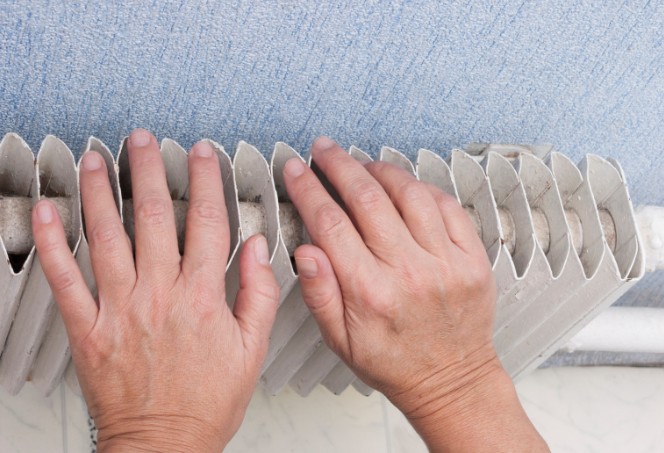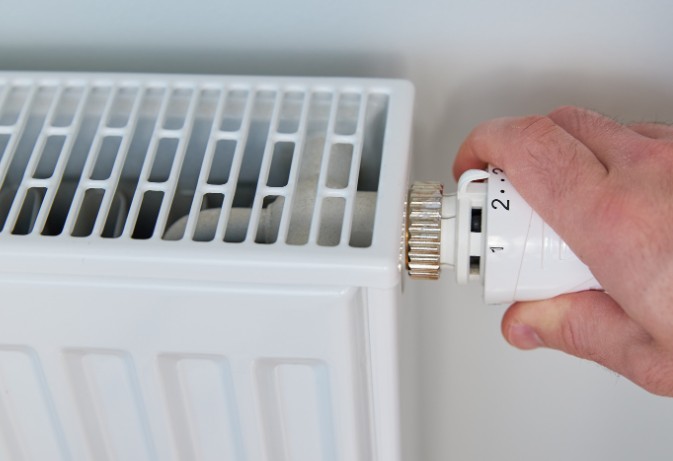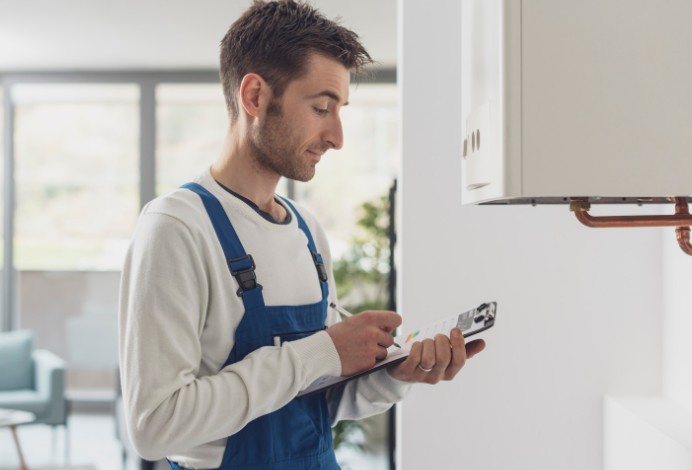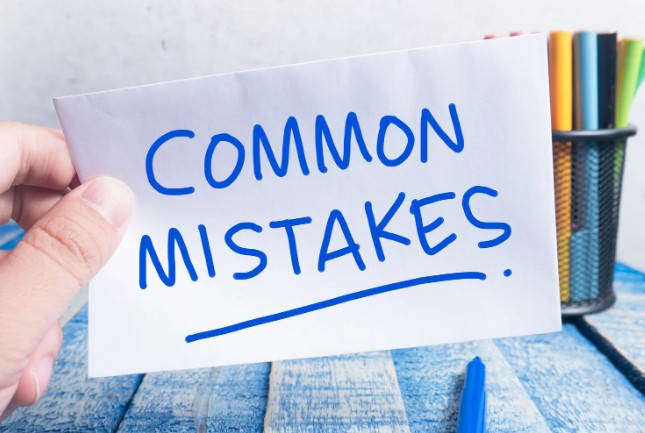- What Happens If You Bleed a Radiator with the Heating On?
- Why Do Radiators Need Bleeding in the First Place?
- How to Bleed a Radiator Safely? - A Step-by-Step
- What Are the Risks of Bleeding a Radiator While the Heating Is On?
- What Should You Do After Bleeding a Radiator?
- How Often Should You Bleed Your Radiators in the UK?
- Common Mistakes When Bleeding Radiators & How to Avoid Them
- Conclusion: Don’t Bleed a Radiator with the Heating On – Here’s Why
- Frequently Asked Questions About Bleeding Radiators
Keeping your home warm and cosy during the chilly UK months often comes down to a properly working radiator system.
But when your radiator isn’t heating up as it should, you might consider bleeding it. One common question many people ask is: what happens if you bleed a radiator with the heating on? Let’s explore the answer, why it matters, and how to do it the right way.
What Happens If You Bleed a Radiator with the Heating On?
Bleeding a radiator when the heating is still on can lead to more trouble than you might expect.
Will it damage your radiator or boiler?
Yes, potentially. When the heating is on, the system is full of hot water under pressure. Opening the valve during this time can let out scalding water, which is dangerous for you and can also reduce the system’s pressure too quickly, affecting your boiler performance.
Is it dangerous to bleed a hot radiator?
Absolutely. The hot water can escape forcefully, increasing the risk of burns or property damage. It’s best to let the radiator and system cool before attempting to bleed it.
Can air get back into the system?
Bleeding with the heating on can sometimes release air unevenly or force more air into the system, reducing the efficiency of the bleed.
Why Do Radiators Need Bleeding in the First Place?
How air gets trapped in your radiator?
Over time, small amounts of air enter the central heating system. This air rises to the top of your radiators, creating cold spots where hot water can’t circulate effectively.
Signs your radiator isn’t working efficiently
You might notice:
- The top of the radiator feels cold, while the bottom is hot
- It takes longer than usual to heat a room
- Gurgling or bubbling noises from the radiator
These are clear signs of trapped air, and bleeding is the fix.
What happens if you don’t bleed it?
If left unresolved, trapped air reduces heating efficiency, increases energy bills, and puts more strain on your boiler system over time.
How to Bleed a Radiator Safely? – A Step-by-Step
What tools you’ll need?
- Radiator key (or a flathead screwdriver for some models)
- A cloth or small bowl (to catch any drips)
- Gloves (to protect your hands)
The correct order for bleeding radiators:
- Switch off your heating system & let it cool down fully.
- Start with the downstairs radiators, moving upstairs last.
- Use your radiator key to slowly turn the bleed valve anti-clockwise.
- Listen for a hissing sound (that’s the air escaping).
- When water begins to flow, tighten the valve again.
When to turn your heating system off?
Always before bleeding. This prevents hot water burns, ensures accurate air release, and protects your boiler pressure.
What Are the Risks of Bleeding a Radiator While the Heating Is On?
If you’ve ever wondered whether it’s really that bad to bleed your radiator with the heating on, here’s what could go wrong:
Risk of hot water burns
Hot water is under pressure in a live system. When you open the valve, it can spray out at high speed and temperature — a serious burn hazard.
Sudden pressure drops in your boiler
Bleeding while heating is on may cause an unexpected pressure drop, which can lead to:
- The boiler shutting down
- A fault code appearing
- The need to manually repressurise the boiler
Inaccurate air release or inefficiency
You won’t effectively remove all the air from the system if it’s circulating hot water. Incomplete bleeding can lead to recurring heating issues.
What Should You Do After Bleeding a Radiator?
Once you’re done, there are a few important steps to wrap things up.
How to check your boiler pressure?
Look at the pressure gauge on your boiler. Most systems should sit between 1.0 and 1.5 bar when cold.
How to repressurise a boiler if needed?
If pressure drops too low:
- Locate your boiler’s filling loop
- Slowly open the valves to let in water
- Watch the gauge until it returns to a safe range
Table: Ideal Boiler Pressure Levels
| System Status | Ideal Pressure (bar) | What to Do |
| Cold System | 1.0 – 1.5 | Normal |
| Hot System | 1.5 – 2.0 | Normal |
| Below 1.0 | Too Low | Repressurise |
| Above 2.5 | Too High | Release pressure or call a professional |
How Often Should You Bleed Your Radiators in the UK?
Seasonal tips for radiator maintenance
It’s a good idea to check your radiators:
- At the start of the heating season (autumn)
- After any work on your heating system
- If you notice uneven heating
When bleeding might not be enough
If bleeding doesn’t help, the issue could be with:
- Sludge buildup inside the radiator
- A failing radiator valve
- Boiler pressure problems
Quick Radiator Health Checklist
- Radiator heats evenly from top to bottom
- No gurgling or hissing sounds
- Boiler pressure between 1.0 – 2.0 bar
- No leaks around bleed valve
- Heating system runs efficiently
Common Mistakes When Bleeding Radiators & How to Avoid Them
Bleeding with heating still on
This is the most common mistake — and the most dangerous.
Forgetting to check boiler pressure
After bleeding, always check and top up pressure if needed.
Not closing the valve properly
Leaving the valve slightly open can cause leaks and air re-entry.
Conclusion: Don’t Bleed a Radiator with the Heating On – Here’s Why
To keep your heating system running smoothly, never bleed a radiator with the heating on. It’s unsafe, ineffective, and could cause damage. Always wait for the system to cool, follow a step-by-step approach, and monitor your boiler pressure afterward.
By maintaining your radiators properly and knowing what happens if you bleed a radiator with the heating on?, you’ll enjoy:
- Better heating efficiency
- Lower energy bills
- A safer home environment
So next time your radiator is acting up, you’ll know exactly what to do — and what not to do.
Related Article: Electric Boiler Cost Per Month: How Much Is It for Running?
Frequently Asked Questions About Bleeding Radiators
1. Should you bleed upstairs or downstairs radiators first?
Always start downstairs and work your way up to ensure proper air release.
2. Can all radiator types be bled?
Most UK radiators can be bled, but some modern or sealed units may require a different approach.
3. Do newer systems still require bleeding?
Yes, even modern central heating systems can trap air and need periodic bleeding.






0 Comments